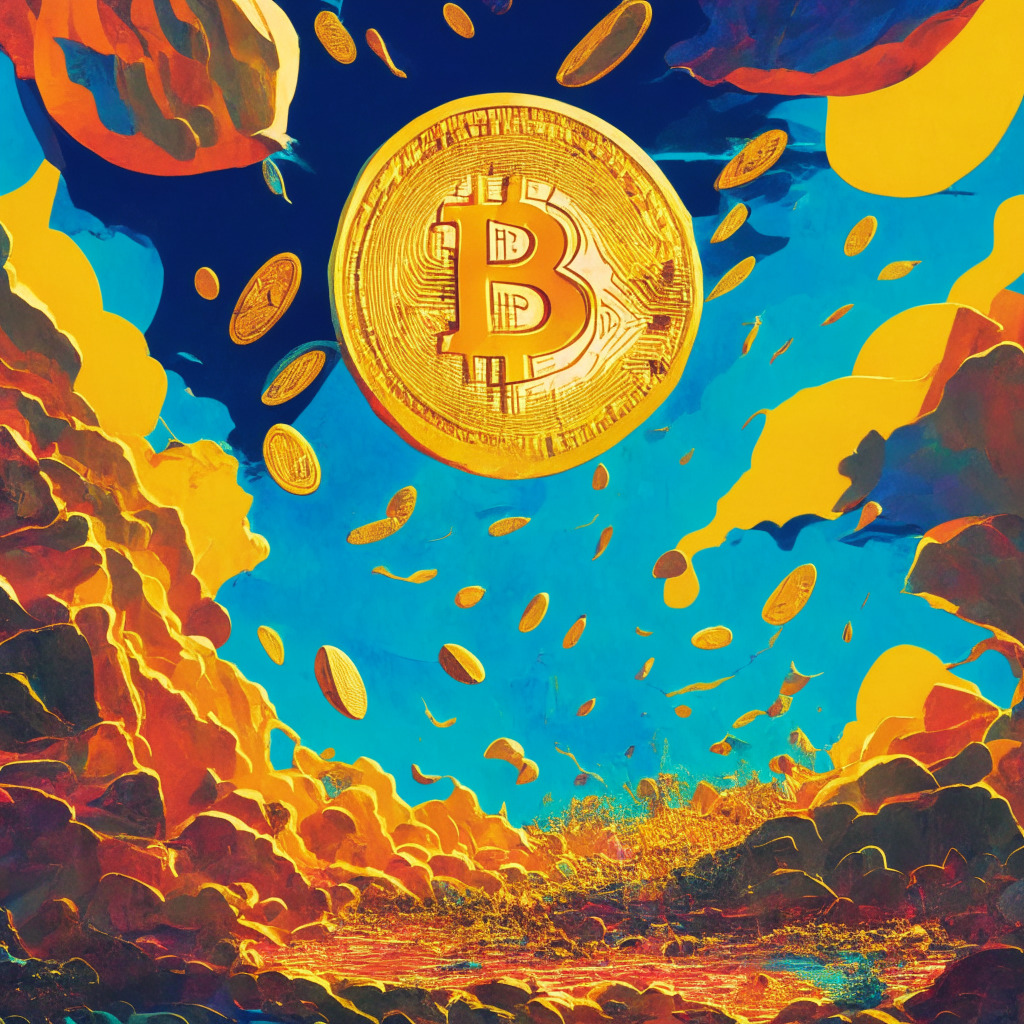Tuesday brought a fresh wave of anticipation in the market as Visa disclosed its intention to exercise the Solana blockchain for clearing transactions with USDC, a key stablecoin. The monetary giant believes this switch can expedite cross-border payments and provide an updated fund transfer method. This integration of USDC into Visa’s nerve center likely springs from a visionary reading of the tea leaves, showing the steady rise of widespread crypto adoption.
A key fragment of the Visa announcement dwelled on USDC, the exotic runner-up in the stablecoin race. Visa opines that harnessing the Solana chain for transacting USDC could deal a series of benefits, such as economical cross-border settlements and significantly quicker processing times. On the news’ heels, Solana’s homegrown token SOL posted a modest price hike. However, a contrasting stagnation was witnessed in leading crypto narratives Bitcoin and Ether.
Meanwhile, online transaction hub PayPal‘s plunge into the stablecoin pool with PayPal USD seems to be contributing toward tidying up online payments, another stride in mainstream crypto adoption. Bernstein, a research company, projects the stablecoin market to explode to nearly $3 trillion in half a decade. It presumes primary global platforms will spawn their own stablecoins to grease the wheels of transactions.
It’s hardly a leap to suggest that the merger of stablecoins like USDC into the mainstream financial fabric is a burgeoning trend. As such, stablecoins’ growing significance in shaping the digital payments landscape cannot be overlooked. In such buoyant market conditions, cryptos such as Maker, Wall Street Memes, NEO, Sonik Coin, and Polygon emerge as attractive propositions due to their solid fundamentals.
Nevertheless, the swiftly-changing nature of the cryptocurrency market isn’t without its delicate balancing acts. For instance, the immediate resistance zone for MKR remains a tough nut to crack, leading to continued consolidation. The hesitant trading environment around MKR suggested by the static MACD histogram and a neutral RSI further underscores the wait-and-see attitude.
Elsewhere, Wall Street Memes’ successful $25 million anchor for the $WSM token presale underscores the meme coin’s potential appeal to its enormous follower base. Wall Street Memes’ successful ventures into NFTs also provide a convincing precedent for potential $WSM success.
NEO also presents an intriguing proposition, keenly poised for a likely price reversal, given its RSI and MACD indicators suggesting an uptick in bullish sentiment. The steady rise in its market cap and trading volume amplify positive investor sentiment.
New entries like Sonik Coin, despite their meme coin status, present novel opportunities, offering token holders the prospect of passive income through staking rewards. Meanwhile, Polygon’s (MATIC) resistance to the 20-day EMA presents a critical litmus test that could dictate its future trajectory.
Cryptocurrency, a famously high-risk asset class, requires diligent scrutiny and proactive decision-making to navigate its volatile landscapes. Extreme caution must be exercised, and detailed research conducted before plunging into these waters.
Source: Cryptonews




